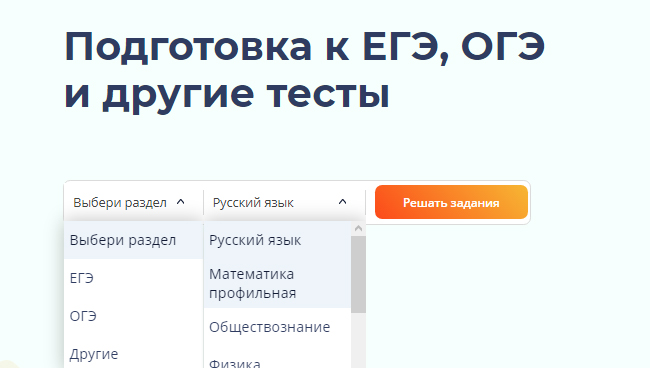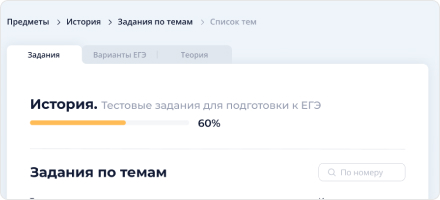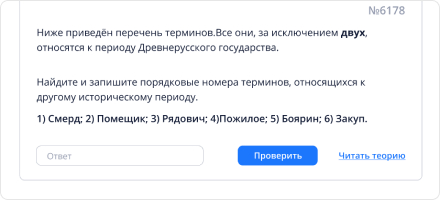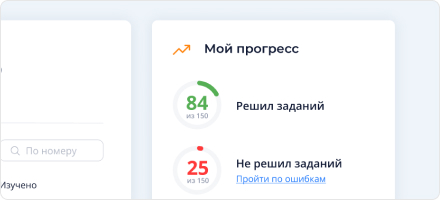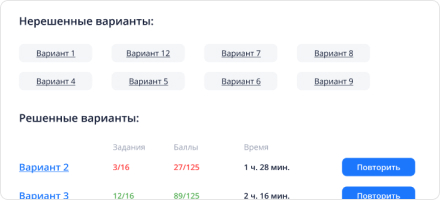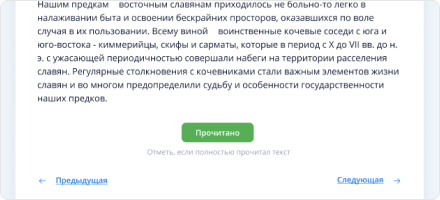Прочитайте текст и выполните заданиt. Запишите в поле ответа цифру 1, 2, 3 или 4, соответствующую выбранному Вами варианту ответа.
Every January, Angela Ceberano sets goals for the 12 months ahead. And on Sunday nights, she plans and organises the coming week.But instead of spreadsheets and fancy smartphone apps, the Melbourne, Australia-based founder of public relations firm Flourish PR, uses notepads, an old-fashioned diary, coloured pens and a stack of magazines. With these, she brainstorms, makes lists and creates a vision board.
Ceberano is anything but a technophobe. A digital native with a strong social-media presence, she splits her time between traditional and new media, and between Australia and San Francisco, where some of her start-up clients are based.
“Sometimes, I just want to get rid of all the technology and sit down in a quiet space with a pen and paper,” she says. “There are so many apps out there and I feel like no app gives me everything that I need. I've tried and really given them a go, doing those to-do lists of having your priorities or brain storming using lots of different apps … [but] when I get a pen and paper, or when I'm using my old-fashioned diary and pen, it just feels more flexible to me. I can always pull it out. I can focus.”
She's not alone. A quick scan of social media illustrates a quiet return to the humble charms of stationery and lettering. Many people are using cursive writing and colouring in to help organise their lives or work on certain goals — whether it's fitness, finances, or fast-tracking their careers. And, despite the proliferation of apps, other back-to-basics ideas have gained popularity online.
Science suggests these traditional types might be on to something. While technology can certainly provide an edge for certain tasks, digital overload is a real and growing concern. A 2010 study by the University of California at San Diego suggests we consume nearly three times as much information as we did the 1960s. And a report by Ofcom in the UK says that 60% of us consider ourselves addicted to our devices, with a third of us spending longer online each day than we intend. So are we doing too much, and are our screens too distracting? Possibly.
Other findings show that pen and paper have an edge over the keyboard. Research by Princeton University and the University of California at Los Angeles, published in 2014, showed that the pen is indeed mightier than the keyboard. In three studies, researchers found that students who took notes on laptops performed worse on conceptual questions than students who took notes longhand. Those who took written notes had a better understanding of the material and remembered more of it because they had to mentally process information rather than type it verbatim. And, another study, published in the Journal of Applied Cognitive Psychology, showed that people who doodle can better recall dull information.
The difference now is that there’s a return to traditional techniques by the digitally savvy. Many are successful vloggers, work in tech, or are experts in new media. And this latest trend has helped boost sales of stationery like Moleskine and Leuchtturm1917 notepads, the companies say. For its part, Moleskine has seen double-digit growth annually over the past four years, according to Mark Cieslinski, president of Moleskine America. Leuchtturm1917 marketing manager Richard Bernier says it was about June 2016 when sales went viral, due in no small part to the popularity of bullet journaling, a popular form of list-keeping, among the online community.
For Ceberano, being able to switch off her phone, step away from the computer, sit down and focus is key, along with the flexibility to create her own systems.“You can get caught up in this stream of technology and actually it's always on someone else's terms,” she says. “With those apps, the reason I don't use them is because they are someone else's format. It's not the way my mind thinks,” Ceberano says. “So when I'm there with a pen and paper, I'm putting it down in a way that is very organised in my head, but probably wouldn't work for somebody else. … I think people are just trying to take back ownership over the time that they've got and also the way that we're controlling the information that we're taking in.”
15
Why “the pen is indeed mightier than the keyboard”?
1) Because the study showed that it’s easier to affect people with written notes
2) Because the study showed that those who write in hand performed better
3) Because the study showed that people with computers are addicted to them
4) Because the study showed that people with computers are more impatient














